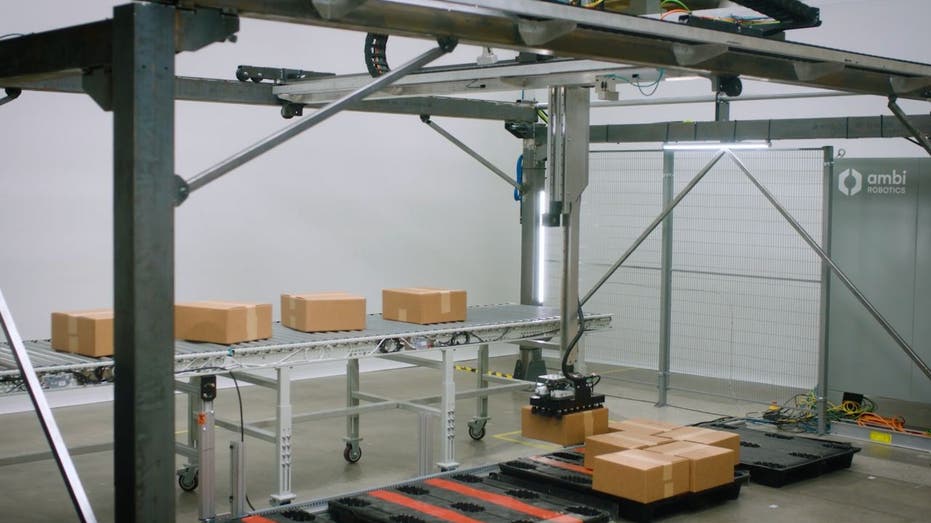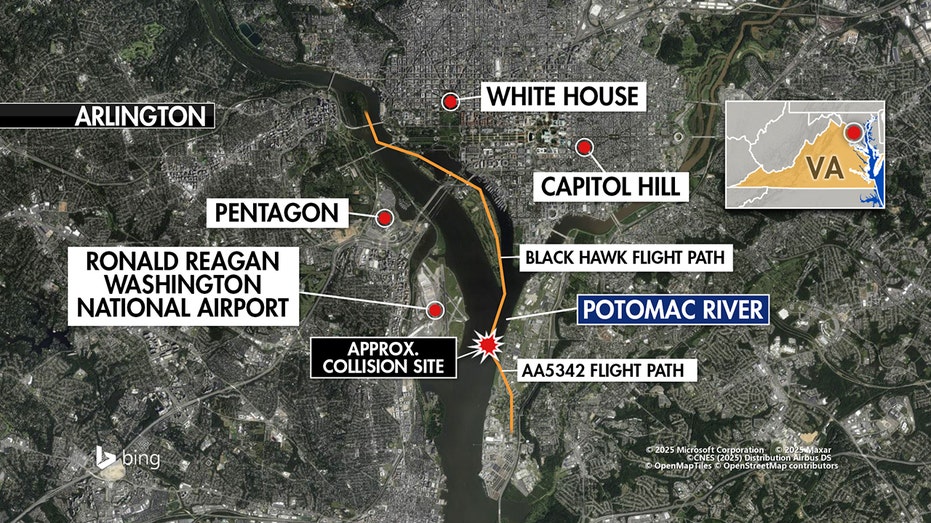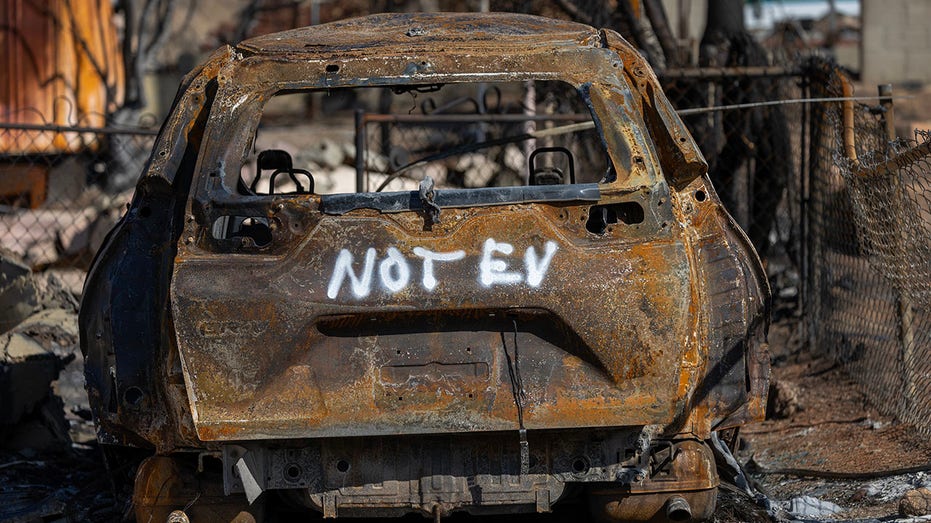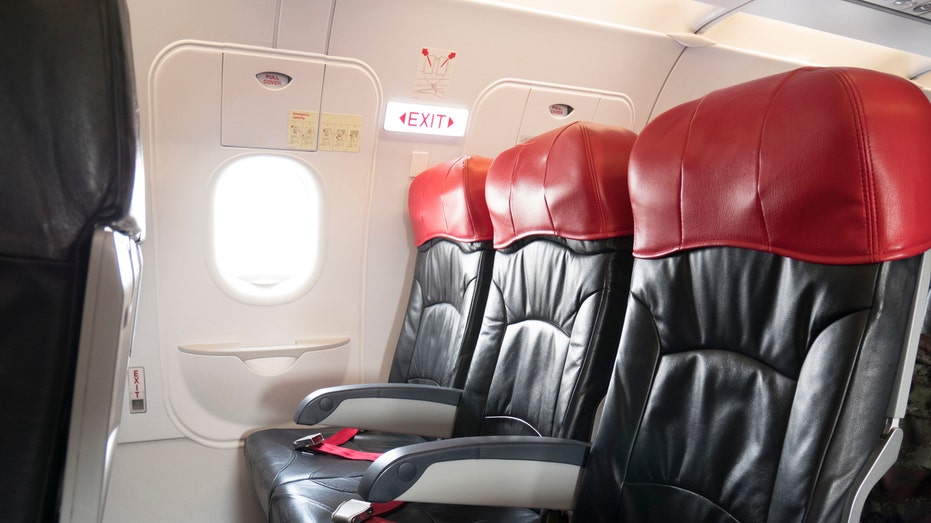- by foxnews
- 31 Jan 2025
?I?m still in pain?: Amazon employees say climate of fear has led to high rates of injuries
‘I’m still in pain’: Amazon employees say climate of fear has led to high rates of injuries
- by theguardian
- 03 Jan 2022
- in technology
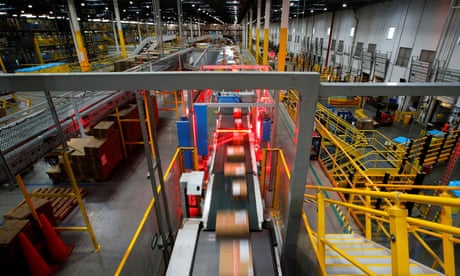
In May Chloe Roberson of Chattanooga, Tennessee, injured her knee while working her shift at Amazon and she has been out of work since, while fighting with the company for workers' compensation and paid medical leave.
Roberson, 21, chose to go to the emergency room rather than Amazon's on-site medical clinic, Amcare, and was referred to a sports medicine doctor who diagnosed her with a dislocated patella (kneecap). Her initial recovery was 10 weeks of physical therapy followed by a steroid shot, but she was later scheduled for surgery on 28 October to repair her knee.
"While all of this is going on, I've been having to fight Amazon for time off and money," said Roberson. "They refused workers' compensation, as I had a dislocated patella when I was 14 years old. I'm 21 now so I don't see how it's related."
Roberson and her wife have struggled to cover bills while recovering from her injury and battling Amazon. "I have not had a single day that I haven't been an absolute sobbing mess because of the stress Amazon continues to put me through," added Roberson.
Reports of high injury rates and high turnover rates at Amazon warehouses around the US as a result of immense productivity pressures and quota rates on workers have been documented by numerous media outlets and organizations over the past several years and confirmed by OSHA logs. Amazon shareholders have recently called for an independent safety audit of the company.
A May 2021 report published by the Strategic Organizing Center found Amazon's injury rates were double the injury rate in the warehousing industry and 80% higher than the industry average for serious injuries in 2020.
Jerald Crowley worked at an Amazon distribution center in Greenville, South Carolina, for six months before he resigned on 3 November due to a wrist injury he sustained on the job, as he is deaf and couldn't afford to lose use of his hand to communicate in sign language with his children.
His rate for stacking boxes on pallets was 40 boxes an hour, and he cited the rate as the reason for his injury.
"I suffered a high sprain on my right wrist when I was attempting to bring a box in the back of the pallet," Crowley said. "Their safety rules are that I'm supposed to report it and they will bring it down, but their rate is 40 boxes an hour. I was trying to get credit for the box - if I did not, they could let me go simply because I did not meet the rates, so safety was basically out the window when they chose rates over safety."
On 1 January 2021, the state of Washington increased workers compensation premiums for Amazon due to higher injury rates at Amazon warehouses compared with other warehouses in the state.
In December 2021, the National Employment Law Project released a report on injury rates at Amazon's six warehouses in Minnesota, revealing those facilities have injury rates twice as high as rates for other warehouses in the state, and more than four times the average for all industries in the state.
An Amazon spokesperson said in response to the report: "While we know we're not perfect, this report ignores the perspectives of the vast majority of our employees in Minnesota, who tell us that they're proud to work at Amazon and feel supported in their roles."
Mustafa Omar started working at Amazon in 2016, but left in 2017 and returned in 2018, and has worked there for the past three years. He picks and loads items that weigh up to 80lbs, typically working on six or seven different stations. He has experienced back pain due to the repetitive motions and lifting heavy items involved in his job.
In early November 2021, Omar fell back onto a pallet, injuring his back. He flagged down a senior manager to get his station covered so he could go to Amcare. Omar said he felt like he was in trouble when he asked the manager to take him to the clinic, where he was given ice and ibuprofen.
"At this time, I'm thinking 'oh my God, if I say that I have an injury, that I've hurt myself, I might lose my job.' Because they already instilled fear in me about me being the one that was getting in trouble. I'm thinking about my family, my pregnant wife, my kids, about all the bills that I have and worrying about not being able to work because I'm the breadwinner in my house," said Omar.
Once at Amcare, he downplayed the pain he was feeling so he would be sent back to work, and continued working for a few weeks while visiting Amcare about twice a day for ice and ibuprofen. Eventually he couldn't tolerate the pain any longer and visited his own doctor, who recommended physical therapy, pain medication and light duty accommodations.
When he brought his doctor's forms to Amazon, Omar says he was told he couldn't attend the recommended physical therapy because it wasn't approved. He is still waiting to hear back about getting medical treatment approved by Amazon and his workers' compensation claim approved and paid out.
"I'm still in pain today," Omar added. "All of us want to come home safely, and when people get injured they should be treated like human beings and taken care of."
Irene Tung, senior researcher and policy analyst at NELP, and Debbie Berkowitz, worker health and safety director at NELP, coauthors of the report, explained Amazon's high injury rates are a result of rapid work paces, surveillance and disciplinary systems. They added that workers have to operate under constantly changing rules and metrics, regulatory agencies are underfunded, and worker protections are inadequate.
"None of these measures that Amazon have taken have really got to the core of the problem, which is the excessively rapid work pace and how it's enforced through their very distinctive disciplinary system that combines intensive electronic surveillance with very frequent discipline and termination. They have not addressed that and that is the fundamental driver of these injuries," said Tung.
Berkowitz added Amazon's time-off task disciplinary technology cultivates a climate of fear among workers and drives them to push their bodies in a way that creates high rates of injuries.
"Workers are measured by the second and they're punished by the second," said Berkowitz. "It basically creates an environment where if they're not constantly moving, then they might be fired."
Several workers who spoke with the Guardian described delays and other obstacles in applying for workers compensation or receiving medical treatment after sustaining an injury on the job at Amazon.
Natalie Monarrez, age 52, has worked as a ship dock worker at Amazon in Staten Island, New York, for about four years. During the pandemic, she lived in her car outside the Amazon warehouse while working a lot of overtime - 12-hour shifts, five to six days a week - as many workers took unpaid leaves in the first few months of the pandemic.
Monarrez said several months into the pandemic, the grueling nature of her job and long hours began taking their toll on her body.
"Swelling in my left ankle had just reached a point where I couldn't even fit it in a shoe. I had trouble walking. I had trouble standing," said Monarrez. "As my job is sorting, I have to stand in the same spot for my entire shift. We're not allowed to sit down and I was lifting heavy packages the entire time and rotating the upper half of my body. But I couldn't take it anymore and I knew that it was because of work."
She filed a workers' compensation claim in August 2020, though she said she received pushback from managers while trying to file the claim until she took off her shoe, showed them her ankle, and insisted on filing the claim and being sent to an Amazon-approved doctor.
Once she filed the claim, Monarrez said she has experienced several problems in contacting Amazon's workers' compensation insurer, Sedgwick, to correct her pay above the weekly minimum and getting medical treatments and a medical boot for her ankle approved. She took a couple months off work, but returned to work because the compensation she was receiving, about $400 a week, was much lower than her usual weekly paychecks.
"At this point, I went to Walmart and Target and I literally bought my own braces for my ankle and my foot, and I elevate my foot every night after work," said Monarrez. "I never had health issues before working for Amazon."
Amazon did not comment on complaints about workers' compensation and deferred to a blog post by CEO Dave Clark on time-off task surveillance and disciplinary systems.
In regards to injury rates, a spokesperson for Amazon said in an email: "The safety and well-being of our employees is always a top priority. We recognize that helping employees stay safe in physical roles takes a lot of focus and investment, which is why we're investing hundreds of millions in safety in many different ways, from people - we now have a team of nearly 8,000 dedicated safety professionals - to training, to tools and technology."
- by foxnews
- descember 09, 2016
Flight passenger asks who controls entertainment center for extra seat, ignites etiquette debate
A flight passenger asked on Reddit about the use of the entertainment center when sitting in a two-seat, exit-row chair, with folks on social media weighing in. An etiquette expert shared insights.
read more